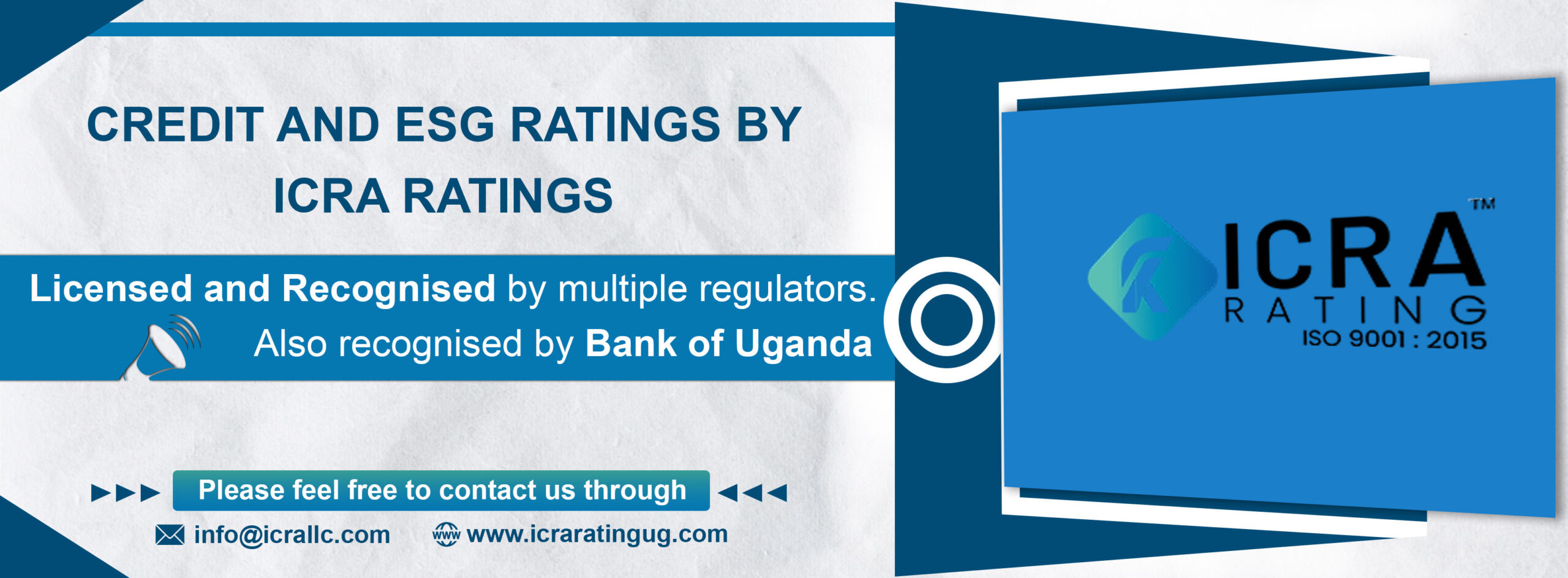Our Identity
Our team of experienced journalists is dedicated to bringing you unbiased, accurate, and thought-provoking news and analysis.
Latest
How Museveni’s PDM Tour Will Boost Local Economy Through Wealth Creation
President Yoweri Kaguta Museveni recently conducted a fact-finding tour...
Thief Lynched by Angry Mob, Five Escape in Bulange
Several incidents involving thieves being killed in Kampala have surfaced, reflecting ongoing issues with crime and mob justice in the region.
2024 Census Insights: Uganda’s Push for Inclusive Education
Overcrowded classrooms, inadequate infrastructure, and a dearth of trained teachers worsen the challenges, especially in underserved areas. Meanwhile, the digital divide looms large, with internet penetration at a mere 8.9%, leaving digital literacy aspirations largely unfulfilled.
Popular
How Ex-Kenyan President Kenyatta was Once Crowned The King of Bunyoro Kingdom
Former Kenyan President Jomo Kamau Kenyatta is believed to...
TRICKS USED BY MOBILE MONEY FRAUDSTERS IN UGANDA
Mobile Money fraud is a growing vice in Uganda...
Uganda Set to Host CSPOC in 2024 to Boost Tourism
Uganda is in high gear preparations to host Conference...
Sitemap
© 2023 Nexus Media. All Rights Reserved.



